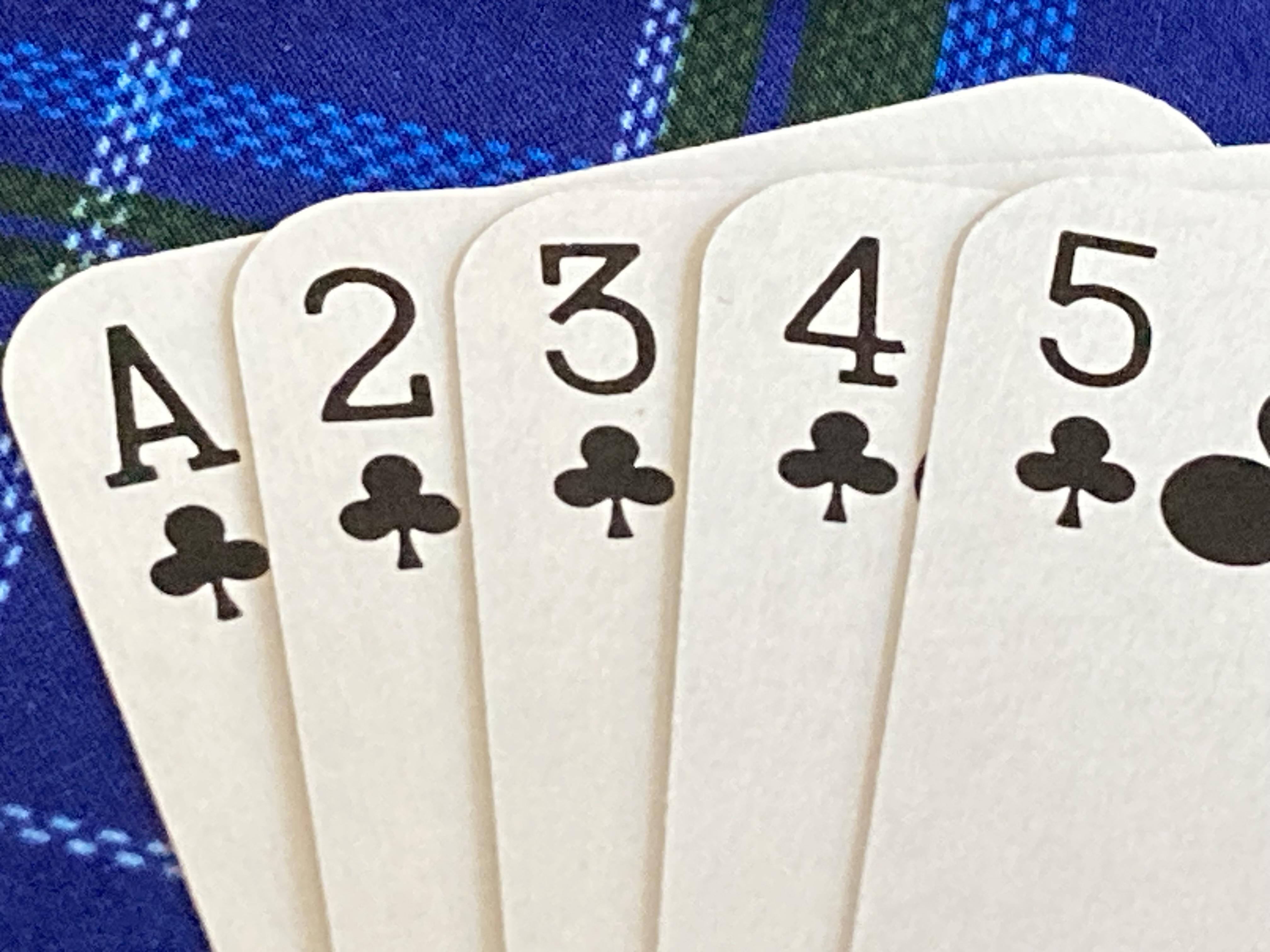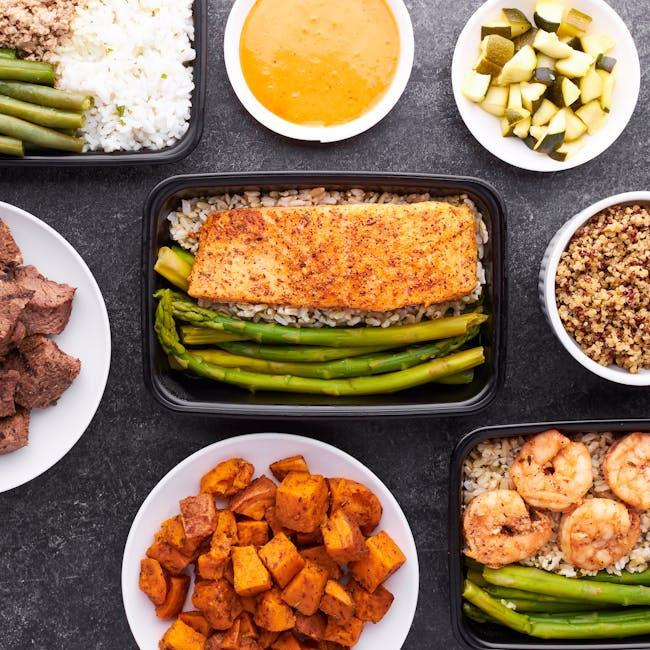In a world where culinary delights beckon from every corner, the art of portion control emerges as a subtle yet powerful ally in the journey towards weight loss. Like a master painter who knows the precise amount of color to apply, mastering portion control allows individuals to savor their favorite foods while still progressing towards their health goals. This article explores a variety of effective portion control strategies, each designed to empower you to make mindful choices without sacrificing the joy of eating. Whether you’re just beginning your weight loss journey or seeking to refine your approach, these strategies offer a harmonious balance between indulgence and restraint, guiding you towards a healthier, more sustainable lifestyle.
Mastering the Art of Portion Sizing
Achieving effective portion control begins with understanding the delicate balance between nourishment and indulgence. The art lies in recognizing the body’s signals and responding with mindfulness. Consider implementing visual cues to help gauge portions. A common technique is using your hand as a guide: the palm for proteins, a fist for carbs, and a thumb for fats. Such methods offer an intuitive approach, transforming your hand into a portable portion guide.
- Use smaller plates: The size of your plate can significantly influence how much you eat. A smaller plate makes portions appear more substantial, which can help reduce overeating.
- Pre-portion snacks: Avoid eating directly from the package. Instead, divide snacks into individual servings to prevent mindless munching.
- Mindful eating: Slow down and savor each bite. Paying attention to the flavors and textures can enhance satisfaction and prevent overeating.
- Stay hydrated: Sometimes, thirst is mistaken for hunger. Drink a glass of water before meals to ensure you’re not confusing the two.
Mindful Eating: A Pathway to Success
Mastering portion control is a fundamental element in achieving weight loss goals, and it begins with a mindful approach to eating. Instead of viewing meals as a race to the finish, savor each bite and recognize your body’s signals of fullness. One effective strategy is to use smaller plates and bowls, which naturally limits the amount of food you can serve yourself. This simple trick can create the illusion of a full plate, allowing you to enjoy your meal without the guilt of overindulgence.
Consider implementing the following mindful eating practices to aid your journey:
- Listen to your hunger cues: Pause before reaching for seconds, giving your body time to register satisfaction.
- Chew slowly and thoroughly: This not only enhances digestion but also allows you to appreciate the flavors and textures of your food.
- Engage all your senses: Notice the aroma, color, and presentation of your meal to increase your enjoyment and awareness.
- Avoid distractions: Create a dedicated eating space free from screens or other interruptions to focus entirely on your meal.
By integrating these mindful eating techniques, you can foster a healthier relationship with food, ultimately paving the way to sustainable weight loss success.

Tools and Techniques for Accurate Serving Sizes
Mastering the art of portion control is essential for effective weight loss, and a variety of tools and techniques can assist in achieving accurate serving sizes. Digital kitchen scales are invaluable for measuring exact quantities of food, ensuring precision beyond what the eye can estimate. For those who prefer a more tactile approach, measuring cups and spoons offer a straightforward method to gauge portions, especially for ingredients like grains and liquids.
Incorporating visual cues can also be beneficial. For instance, a serving of meat should be roughly the size of a deck of cards, while a portion of pasta can be compared to a tennis ball. Meanwhile, portion control plates are designed with demarcated sections to guide servings of proteins, carbohydrates, and vegetables. For tech-savvy individuals, mobile apps can track and suggest portion sizes based on dietary needs, making them a handy tool in modern kitchens. Each of these techniques can seamlessly integrate into daily routines, promoting a balanced approach to eating without the guesswork.

Building Balanced Meals with Portion Precision
Crafting a balanced meal begins with understanding the art of portion precision. By focusing on portion control, you can transform your meals into powerful allies in your weight loss journey. Here are some key strategies to guide you:
- Use Smaller Plates: This simple trick can help control the amount of food you serve yourself, naturally reducing your intake.
- Visual Cues: Familiarize yourself with portion sizes using everyday items, like a fist for a cup of vegetables or a deck of cards for a serving of protein.
- Mindful Eating: Savor each bite by eating slowly and attentively, allowing your body time to signal when it’s full.
- Pre-Portioned Snacks: Prepare snacks in advance in small containers to avoid overindulging.
- Balance Your Plate: Aim for a colorful plate with half filled with vegetables, a quarter with lean proteins, and a quarter with whole grains.
Incorporating these strategies into your daily routine can help you enjoy your meals while maintaining a healthy, controlled approach to eating. The key is consistency and being mindful of the choices you make, turning every meal into an opportunity for nourishment and progress.
Closing Remarks
In the grand tapestry of wellness, mastering portion control emerges as a vibrant thread, weaving through the fabric of our daily lives. As we navigate the culinary landscape, armed with newfound knowledge and strategies, the path to weight loss transforms from a daunting trek into a journey of mindful indulgence. The art of portion control invites us to savor each bite, to listen to our bodies, and to cultivate a balanced relationship with food. By embracing these techniques, we not only reshape our plates but also reframe our perspectives, fostering a sustainable approach to health. As we close this chapter, let us carry forward the wisdom of moderation, allowing it to guide us toward a future of wellness, where every meal becomes a celebration of nourishment and self-care.

































